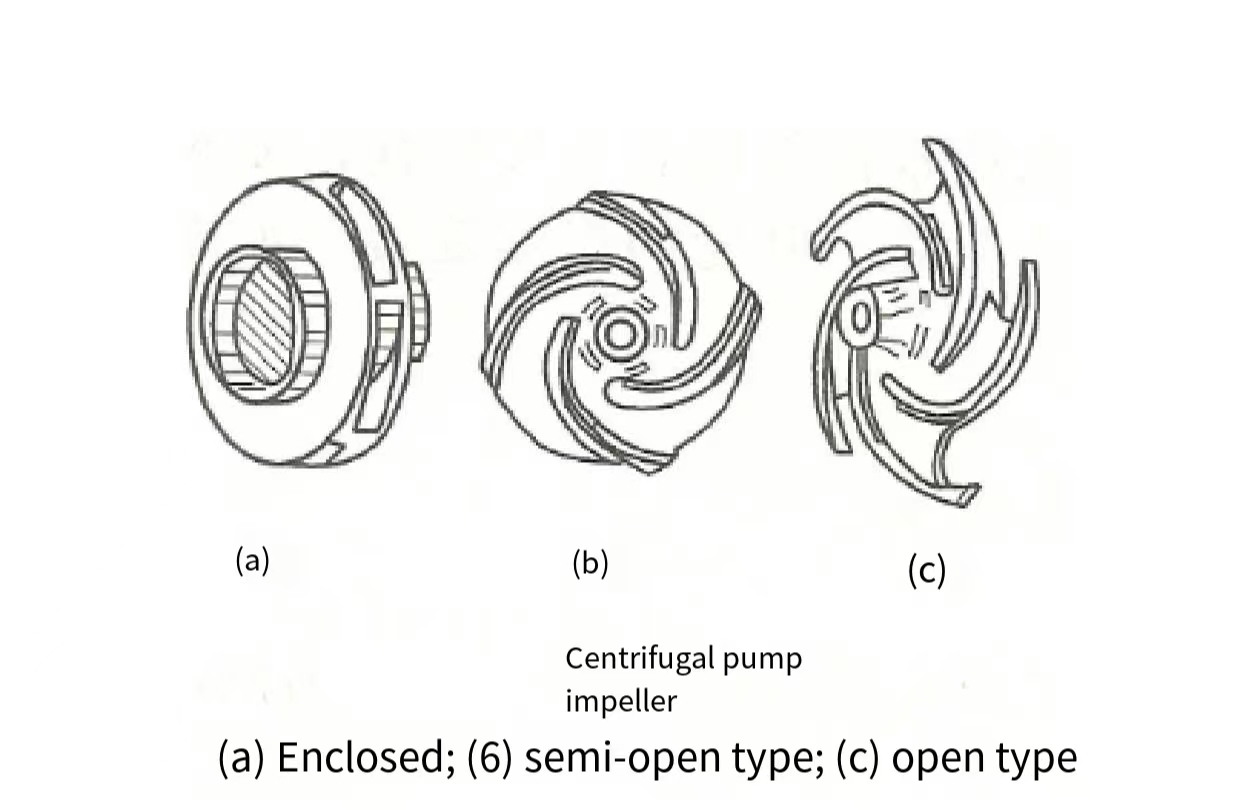Method for determining geometric dimensions of centrifugal pump impeller
Determining the geometric dimensions of the centrifugal pump impeller is a complex and important process. The similarity conversion method is simple and easy, but the accuracy of the result is affected by the selected similar pump; the performance optimization rule can comprehensively consider multiple factors to achieve the optimal design of the impeller geometric dimensions. In practical applications, the appropriate method should be selected according to the specific situation, and modified and optimized in combination with experimental data and experience.
Methods for determining the geometric dimensions of centrifugal pump impellers
1. Similarity conversion method
The similarity conversion method is an approximate method based on similarity theory. In the design of centrifugal pump impellers, by selecting a pump similar to the design pump, the entire size of the flow-through parts is enlarged or reduced to determine the geometric dimensions of the impeller of the design pump. This method is simple and easy, but the accuracy of the result is affected by the performance and design level of the selected similar pump.

2. Performance optimization method
The performance optimization method optimizes the geometric dimensions of the impeller by analyzing the working principle and design parameters of the centrifugal pump, combining experimental data and theoretical calculations. This method first calculates the specific speed of the impeller based on the given design parameters (such as flow, head, speed, etc.), and then uses empirical formulas and performance curves to determine the main geometric dimensions of the impeller. During the optimization process, factors such as pump efficiency, NPSH, hydraulic loss, etc. need to be considered comprehensively to ensure that the pump performance is optimal.




